

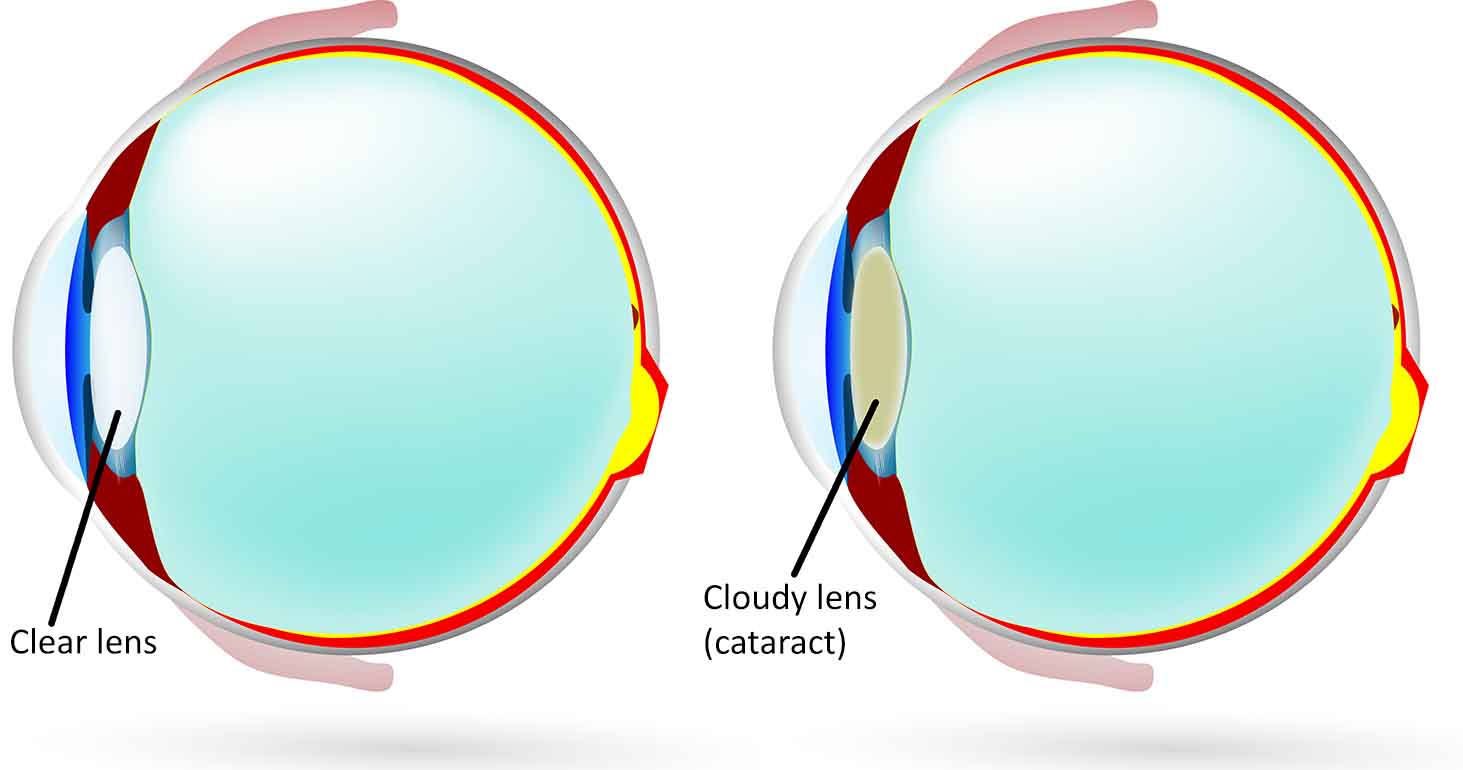
The word cataract is used to describe a natural lens that has become cloudy. Cataract is not a disease, but rather a condition affecting the eye. As the natural lens of the eye becomes cloudy, it does not allow light to pass through it as it did when it was transparent. Cataract usually starts as a slight cloudiness that progressively grows more opaque. It is usually white, but may take on color such as yellow or brown. As the cataract becomes more mature (increasingly opaque and dense), the retina receives less and less light. The light that does reach the retina becomes increasingly blurred and distorted. This causes gradual impairment of vision. If left untreated, cataracts can cause needless blindness. A cataract can only be removed by surgery.

It is the most common cause (just like graying of hair or wrinkling of skin).

Either mechanical, thermal, chemical, electrical or by radiation.

May be inherited or may be present at birth, due to infections, like German measles, in the mother during pregnancy.
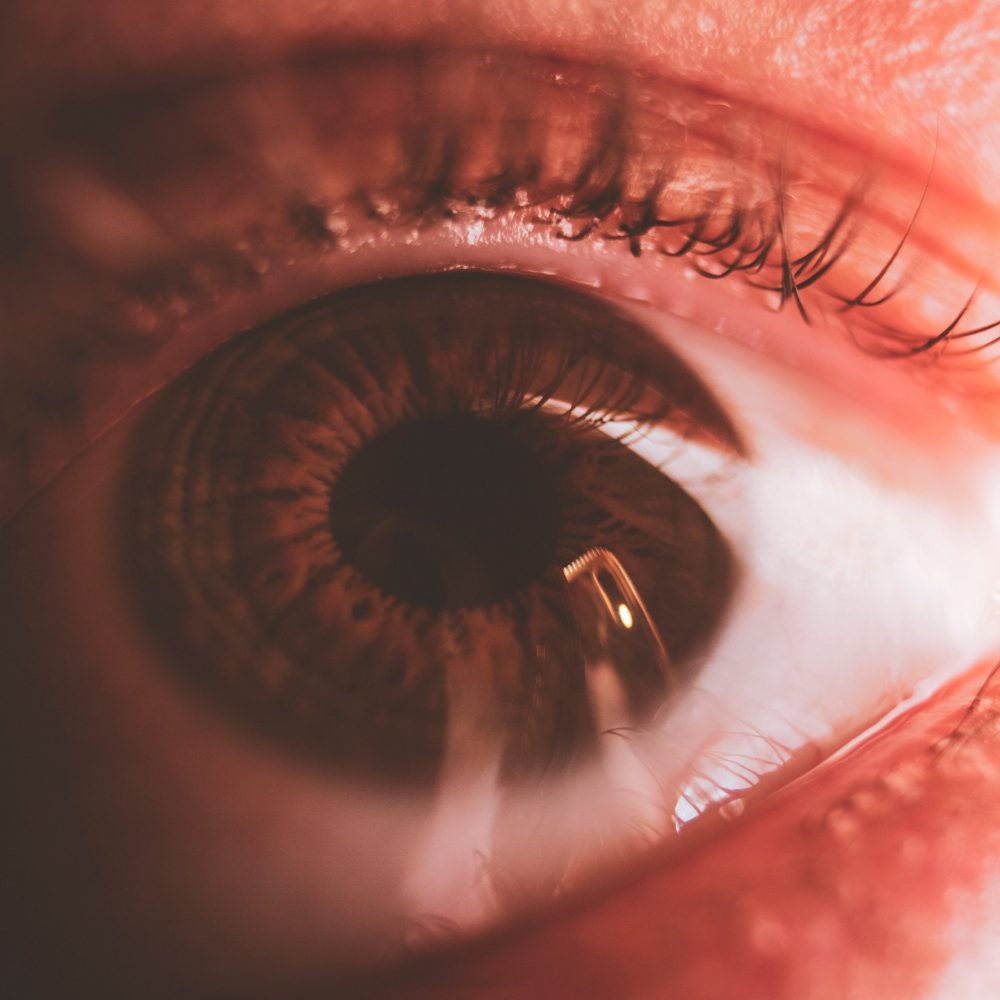
Like eye inflammation, tumors or general body disorders like diabetes.
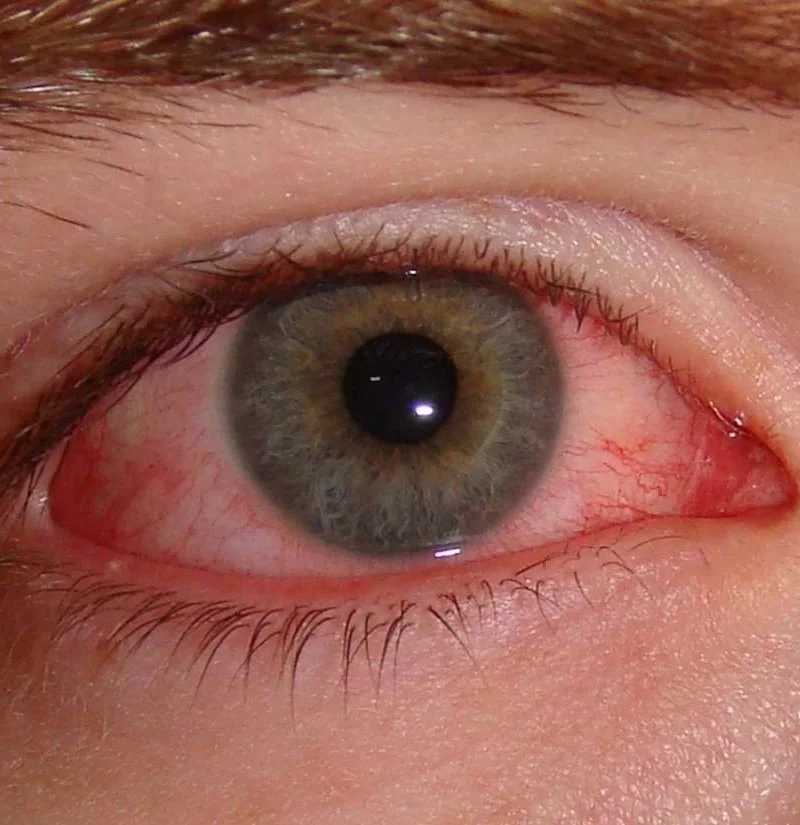
Use of certain drugs like corticosteroids.

Modern cataract or lens replacement surgery is one of most successful surgeries known. It is effective in restoring vision to most patients. The surgeon makes a tiny incision on the side of the cornea, removes the eye’s clouded natural lens after dissolving it (using a procedure known as Phacoemulsification) and then replaces it with an artificial ‘Intraocular Lens’ (IOL). Because the incision is very small, stitches are not required and the eye heals quickly, allowing the patient to return to routine lifestyle within a week. Modern cataract surgery is a safe outpatient procedure that barely takes about 10 minutes. Newer advancements such as whitestar phaco (cold phaco) and microincisional phaco emulsification (MICS) have increased its safety even further.
An Intraocular Lens (IOL) is the replacement lens that is surgically implanted in the eye to replace the existing natural clouded lens during cataract surgery.
The design of IOL decides your need for spectacles after the surgery. Newer advanced IOL (Toric, Multifical and Accomodative) can treat cataract and get rid of spectacle power too.
A standard mono-focal IOL has one point of focus, which is usually distance vision. If you choose standard IOLs, you will generally need glasses for near activities like reading. On the other hand, if your mono-focal IOLs are focused on near vision, you would need glasses to see distant objects clearly.
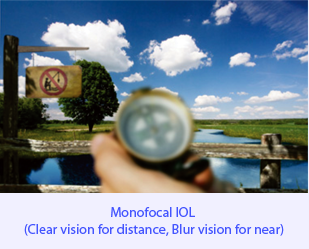
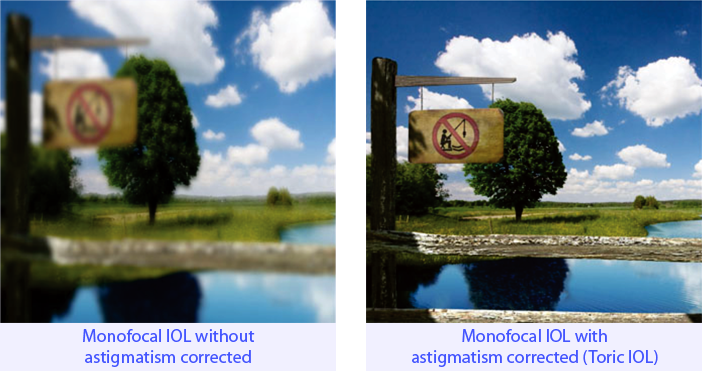
Astigmatism means that your eye is shaped more like and egg than a round ball. This irregular shape causes blurry vision.20% cataract cases have astigmatism, which requires them to wear cylindrical powered glasses after the cataract surgery with monofocal lenses. The toric lens is a special form of a single vision cataract lens that has astigmatism correction built right into the lens implant. If you like the idea of a single vision intraocular lens and have astigmatism, then a toric lens would be a great choice for you. A toric lens that corrects your astigmatism inside the eye does a better job of correcting your vision than a pair of glasses that sit out away from your face.
As against monofocal IOL, which focuses at only single distance; A multi-focal IOL contains multiple zones that focus light at a variety of distances, allowing you to see a continuous range of vision without glasses. This results in excellent visual acuity of close up and far away objects. Many patients report the ability to read small print and see distances, both without glasses. This lens can however, produce rings or halos around bright lights and may make it difficult to see in low light situations, such as driving at night. While most patients adapt to this effect over a period of several months.

Extended Depth of Focus (EDOF or EDF), or Extended Range of Vision, is a new technology that has recently emerged in the treatment of Presbyopia-correcting IOLs. In contrast to multifocal intraocular lenses (IOLs) used in treatment of presbyopia, EDOF lenses work by creating a single elongated focal point to enhance "range of vision" or "depth of focus".
Traditional IOLs are spherical, meaning the front surface is uniformly curved. Aspheric IOLs are slightly flatter in the periphery. These lenses are designed to reduce spherical aberrations and provide better contrast sensitivity
Cataract surgery is usually considered when loss of vision begins to interfere with daily activities or affect your quality of life. Based on the specific symptoms, a patient and his/her surgeon should decide together when surgery is appropriate.
During the early stages of a cataract, a change in glasses may improve the clarity of vision, though this is usually temporary. When cataracts begin to interfere with daily activities, surgical removal is the only effective treatment.
Yes. It is not possible to get another cataract once it has been removed. However, approximately 10% of patients may become aware of a gradual blurring of vision some months or even years after the surgery due to thickening of the lens capsule that supports your artificial lens. If this occurs, clear vision is usually restored by a simple laser treatment, called a capsulotomy, which can be performed during a short visit to the clinic.